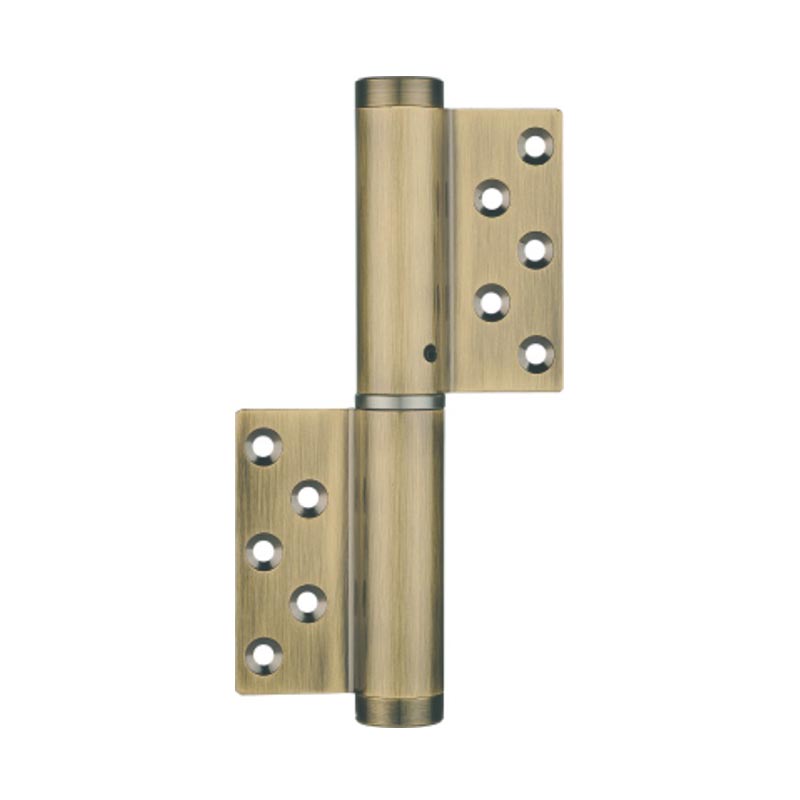Improved Motion Control and Soft Closing Performance
One of the significant advantages of damping spring hinges over traditional spring hinges is their good motion control. Traditional spring hinges typically provide a snap-close effect, which can be abrupt and noisy. In contrast, damping spring hinges are engineered to slow the door’s movement during the final phase of closing, providing a smooth and quiet operation. This soft-closing feature reduces impact stress on the door and frame, thereby increasing the longevity of both the hinge and the attached components.

Enhanced Safety in Everyday Use
Safety is another critical area where damping spring hinges outperform conventional spring hinges. The controlled closing speed greatly minimizes the risk of fingers getting caught or doors slamming shut unexpectedly. In residential, healthcare, and educational environments where safety is paramount, the gentle action of it helps prevent accidents, particularly involving children or elderly individuals. This makes them a good choice for environments where people frequently interact with doors and cabinets.
Extended Product Life and Reduced Maintenance
Damping spring hinges also demonstrate good durability and lower maintenance needs over time. The cushioning effect reduces mechanical wear on both the hinge and the door, which translates into longer service life and fewer repairs or replacements. Traditional spring hinges, due to their faster and more forceful action, are more prone to fatigue and wear, especially in high-traffic areas. The reduced friction and impact stress provided by damping mechanisms allow for more consistent long-term performance.
Greater User Experience and Design Aesthetics
From a user-experience perspective, damping spring hinges contribute to a more refined and high-end feel in cabinetry, doors, and furniture. The quiet, gentle closing motion adds a level of sophistication that is increasingly valued in modern interior design. Traditional spring hinges, which often produce loud clicking or slamming sounds, can detract from the overall comfort and quality perception of a space. For premium applications, they provide both functional and aesthetic benefits that align with user expectations.
Wide Applicability and Versatility
While traditional spring hinges are generally limited to specific door types or functions, damping spring hinges are available in a wide range of models suitable for cabinets, wardrobes, glass doors, and commercial enclosures. Their adaptability makes them ideal for both residential and industrial settings. Additionally, many damping hinge designs now feature adjustable tension or damping levels, allowing users to fine-tune their function depending on door weight or frequency of use—something that most traditional hinges do not offer.
Noise Reduction and Environmental Comfort
In noise-sensitive environments such as libraries, hospitals, or office spaces, damping spring hinges help maintain a quieter atmosphere. Unlike conventional spring hinges, which can be disruptive, the damped movement significantly reduces noise during operation. This improvement supports a more peaceful environment and contributes to better user comfort and concentration, especially in professional or communal settings.
Conclusion
Damping spring hinges offer a range of distinct advantages over traditional spring hinges, including smoother motion, improved safety, longer lifespan, reduced maintenance, and a more pleasant user experience. These benefits make them an ideal solution for modern environments that demand both functionality and aesthetic excellence. As demand for quiet, reliable, and user-friendly hardware continues to grow, damping spring hinges stand out as a good option for both everyday and specialized applications.